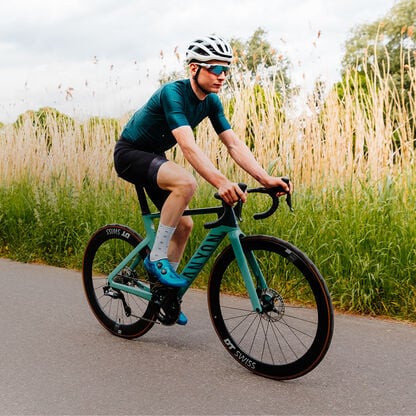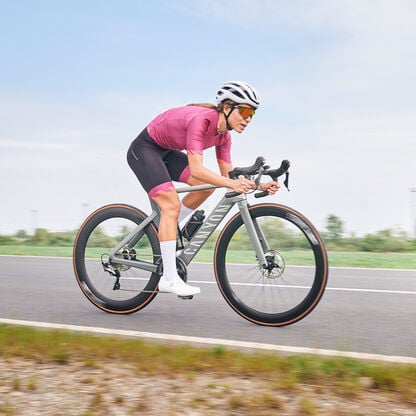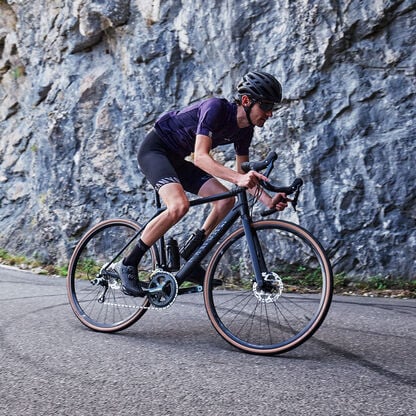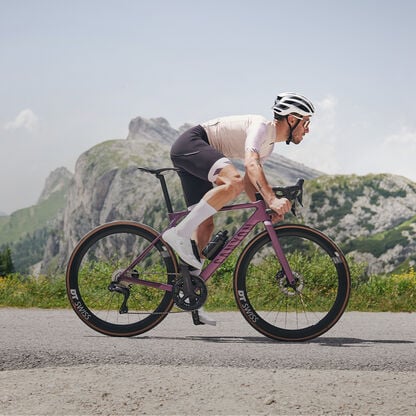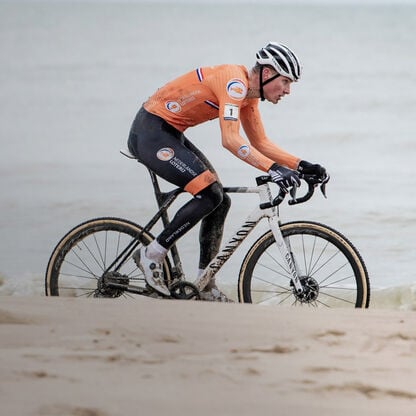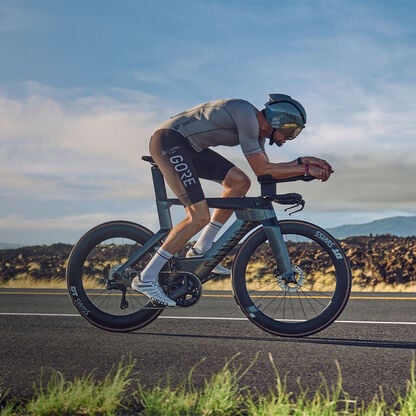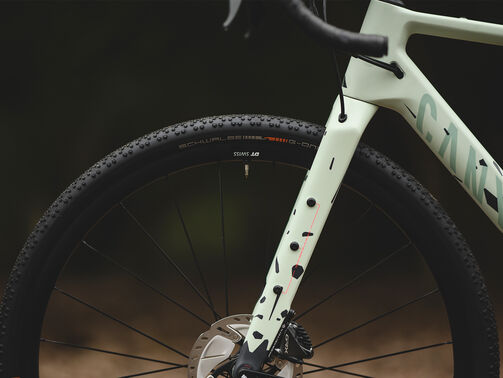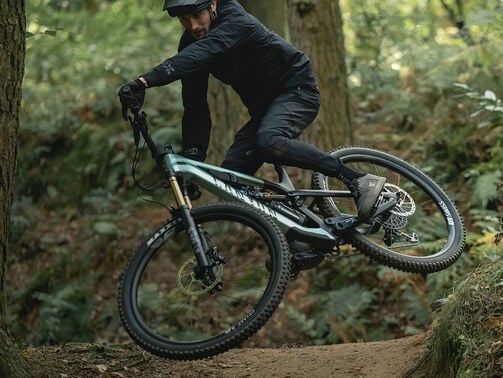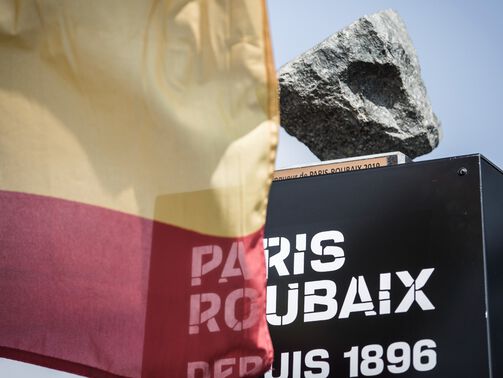Vuelta España Femenina 2025: Guide to the route, stages, and riders
Get ready for La Vuelta a España Femenina 2025, one of the calendar's most prominent women’s stage races.
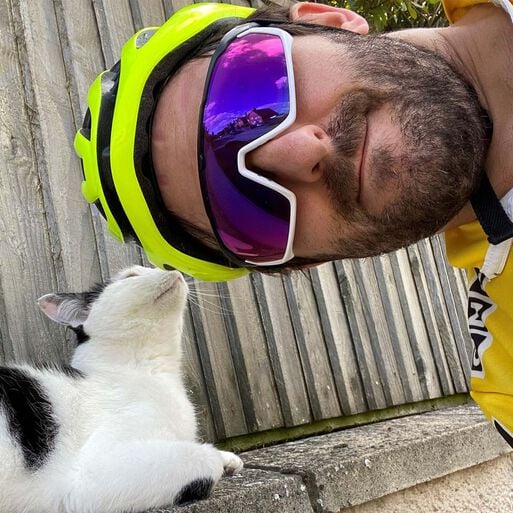

Following the conclusion of the Spring Classics, the third edition of the Vuelta España Femenina will take place from May 4 to 10, 2025, and comprises seven highly anticipated stages. Beginning in Barcelona, the race travels from east to west across northern Spain and through the Asturian mountains before an overall winner is crowned in Cotobello.
Contents
Vuelta a España Femenina: 2025 in numbers
- Total distance: 749 kilometres
- Total number of stages: 7
- Hilly stages: 2
- Mountain stages: 2
- Flat stages: 2
- Team time trials: 1
Where does Vuelta a España Femenina start?
The Vuelta a España Femenina starts in Barcelona, the Catalan capital, on May 4. The riders will start the first Grand Tour of the 2025 season with an 8km team time trial.
History of the Vuelta a España Femenina
The Vuelta a España Femenina is a women’s stage race in Spain. Born out of the Challenge by La Vuelta - which ran from 2012 to 2022 - the multi-stage race has quickly established itself as one of the most important and prestigious races on the women’s calendar, sitting just behind the Tour de France Femmes avec Zwift and the Giro d’Italia Women.
The initial Challenge by La Vuelta was deemed too short and too easy to be deemed a Grand Tour race on par with the Tour de France Femmes and Giro d’Italia Women, but the revamped route from 2023 onwards has been praised by the riders and teams with key mountain stages and regular time trials featuring within the race.
Former Canyon athlete and now brand ambassador Annemiek van Vleuten won the inaugural Vuelta a España Femenina in 2023 in a nail-biting finish. The race was decided on the final stage on the epic slopes of the Lagos de Covadonga. The Dutch rider held off the challenge from stage winner Demi Vollering to win the race by just nine seconds. Vollering won the race in 2024.
Although the number of stages has dropped from eight to seven this year, the route is particularly punchy, with opportunities for every rider style.
Like the men’s Vuelta a España, which takes place in August and September, the Vuelta a España Femenina has a red jersey for the leader of the overall general classification, a green jersey for the points classification, a polka dot jersey for the mountains classification, and a white jersey for the young rider classification. There is also a team classification.

Vuelta a España Femenina Race Route
The third edition of the Vuelta a España Femenina will see spectacular racing from May 4 to 10, 2025, with many of the biggest stars in the women’s peloton head to Barcelona for the start of the seven-day stage race. Positioned as the season's first women’s Grand Tour - ahead of the Giro d’Italia Women and the Tour de France - the race combines stages that suit all types of riders, from sprinters to climbers and GC contenders.
Stage 1
The race begins with an almost pan-flat 8km team time trial through the centre of Barcelona. Teams will start at regular intervals throughout the proceedings, and tactics will play a vital part as the strongest riders aim to generate the most power and speed but keep the bulk of their squads together for most of the effort. The route is far from technical, so teams with substantial firepower and a well-drilled unit will shine. Expect the gaps to be just a few seconds, but by the end of the stage, the first overall leader of the race will be crowned.
CANYON//SRAM and Spanish home team Movistar will be among the favourites as they race on their Speedmax CF SLX bikes.
Which other road bikes do Canyon pros ride? Explore the top bike choice for Canyon pro athletes and teams. See how these bikes are built for speed, durability, and comfort in the toughest competitions.
Stage 2
Stage 2 of the race may only be 99km, but it’s a day of racing fraught with nerves as the peloton sets off from Molins de Rei to Sant Boi de Llobregat. It’s certainly not the most complex terrain of the race, but there’s hardly a meter of flat ground all day, and the racing will be explosive right from the start. Expect a really competitive fight for the main breakaway of the day over the second category climb that comes at the start of the stage, but there’s really very little respite for the peloton. The GC teams will have a tough time controlling the peloton, but this should end in a reduced bunch sprint and a possible alteration to race lead.

Stage 3
On paper, stage 3 between Barbastro and Huesca should conclude in a bunch sprint. The stage spans 132km, and there are no classified climbs along the route; however, the threat arises from potential crosswinds as the peloton speeds along wide and exposed roads. Crosswinds could induce complete chaos if conditions are favourable and specific teams seek to exploit an opportunity, so any squad with GC ambitions must remain particularly vigilant
Stage 4
Stage 4 between Pedrola and Borja is 111km long, and it’s one of the most challenging stages of the race to predict. If a GC pecking order has already been established and several breakaway specialists have already lost time, then a move could survive until the line. However, even with the second category climb to Moncayo coming halfway through the stage, the sprinters’ teams will still fancy their chances. The crucial third category climb to El Buste comes with around 11km remaining, and that’s where the pure sprinters might suffer the most, but there should still be plenty of fast finishers in contention once the race crests the summit of the climb.
Stage 5
The race heads into the mountains for the first two summit finishes on stage 5, with the first encounter ending in Lagunas de Neila. The 119km stage starts from Golmayo, starting off with rolling terrain, but it’s in the last 35km that the stage takes on a new appearance with the second category, Alto de Rozavientos. That climb is just an appetiser for what’s to come with the first category summit finish at Lagunas de Neila - a climb that is used in the Volta a Burgos. Expect fireworks from the pure climbers and the GC candidates.

Stage 6
The 126km stage between Becerril de Campos and Baltanás is the second longest day of racing in this year’s edition of the Vuelta a España Femenina. Still, it’s also the last chance for the bunch of sprinters to play a part in the proceedings. A break will go up the road in the early stages, but there’s no chance the sprinters’ teams will allow the riders up front any real leeway. A high-paced chase should ensue in the final 40km before the remaining sprinters in the race go head-to-head one last time. Potential crosswinds and short climbs towards the finish could be a factor, but this looks like a stage for the sprinters to shine.
Stage 7
The organisers have stacked everything on the race's final stage with a 152km mammoth adventure from La Robla to Cotobello. Asturias. The first major climb is the second category Alto de La Colladona, before the race hits the first category, Alto de La Colladiella. These two assents will set the tone for the final climb of the stage and the race to Cotobello.
Riders to watch at La Vuelta a España Femenina
The complete and official start list has yet to be announced, but CANYON//SRAM zondacrypto rider Chloe Dygert has already indicated that she will make her la Vuelta a España Femenina. The American all-rounder will be a vital cog in her team’s opening effort in the team time trial and will be a contender for this year's race's first leader’s jersey. CANYON//SRAM zondacrypto have not publicised their team for the race but expect a competitive lineup from the German Women’s WorldTour team as they look to improve on Ricarda Bauernfeind’s sixth place overall from 2024.
Movistar is planning to send a strong team to the race and has already scheduled Marlen Reusser and Liane Lippert. Both riders will be protagonists across almost every stage and have the potential to mount serious GC bids.
Likewise, Fenix-Deceuninck have yet to confirm their roster, but Yara Kastelijn is expected to return to the race. The Dutch rider came close to winning several stages last season and finished inside the top ten overall.
How can I watch the Vuelta España Femenina on TV?
In the UK, you can watch the 2025 Vuelta España Femenina on TNT Sports and Discovery+.
In France Eurosport, France Télévisions, and L'Équipe are set to show the race. In other major European territories, Eurosport are likely to show the race but remember to check ahead of time so that you don’t miss out.
In North America, you can watch the race on FloBikes. SBS in Australia is also expected to show it this year. All of the above broadcasters charge varying subscription fees in their respective territories.
Join the Canyon community to get the latest Spring Classics news delivered straight to your inbox.

Discover our Road Bikes
Did this article help?
Thank you for your feedback
-
 About the author
About the authorDaniel Benson
Get ready to take a thrilling ride through the world of cycling with Daniel Benson, a seasoned journalist who has covered some of the biggest events in the sport, from the Tour de France to the Olympics.
